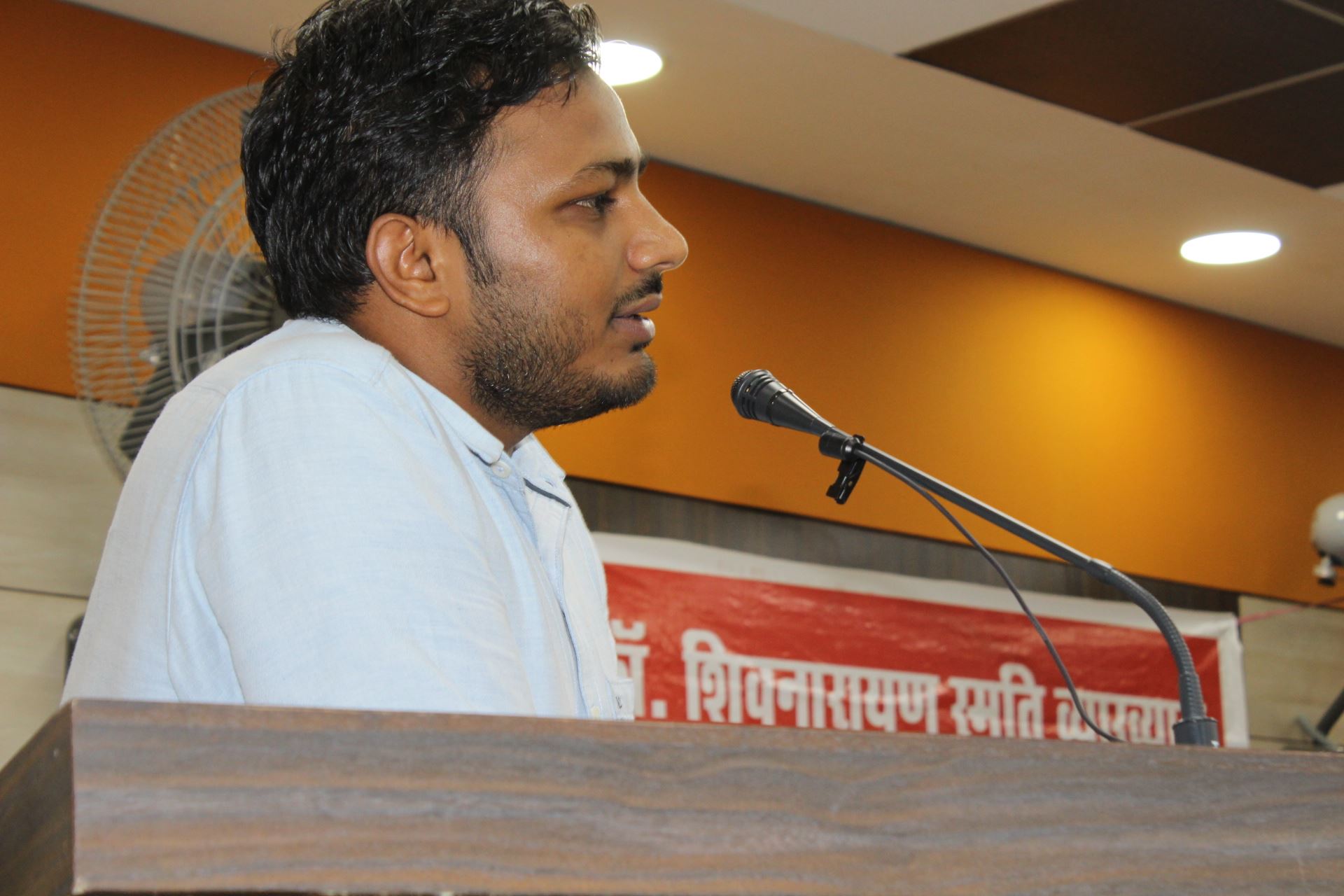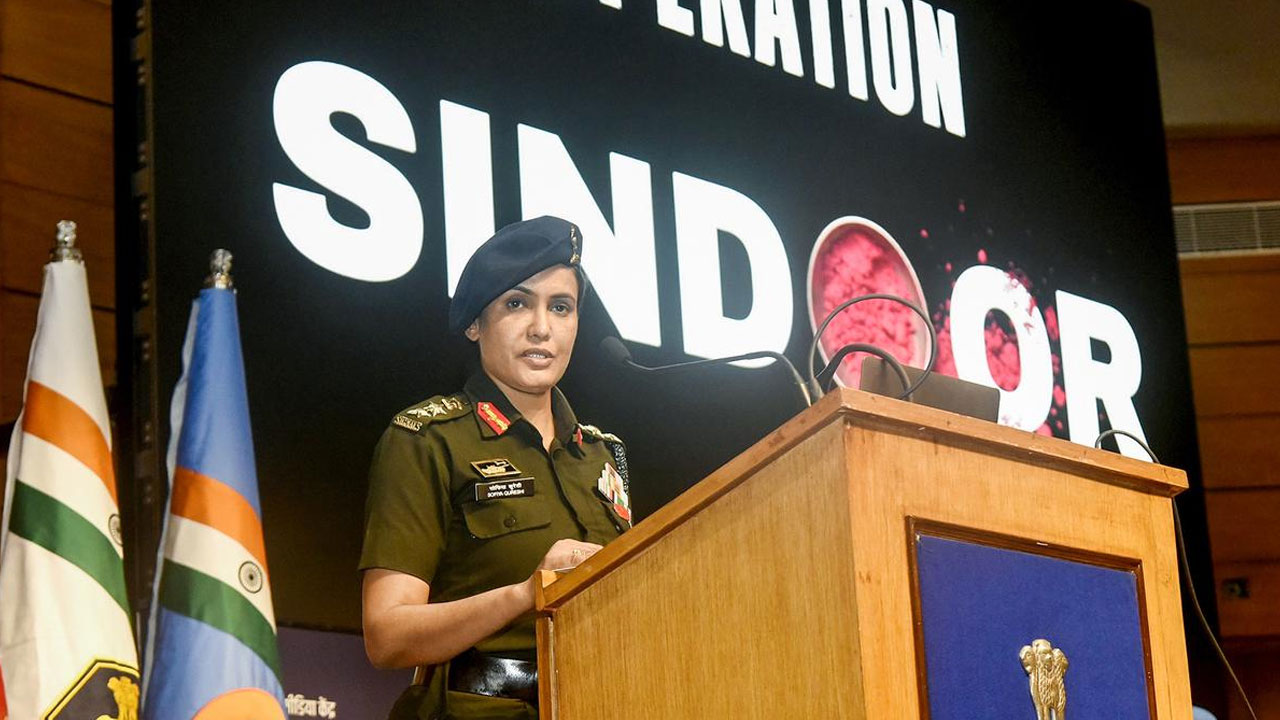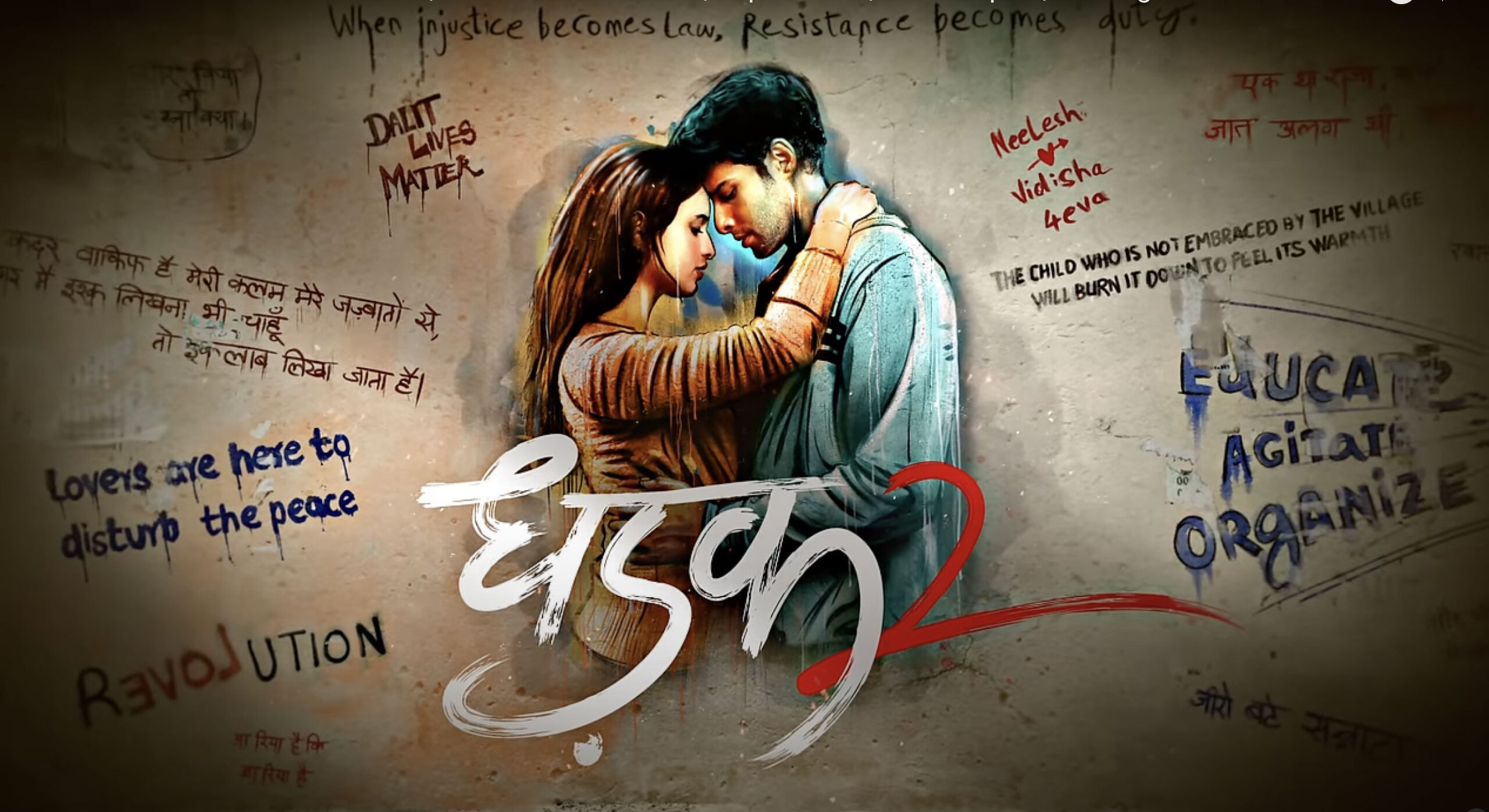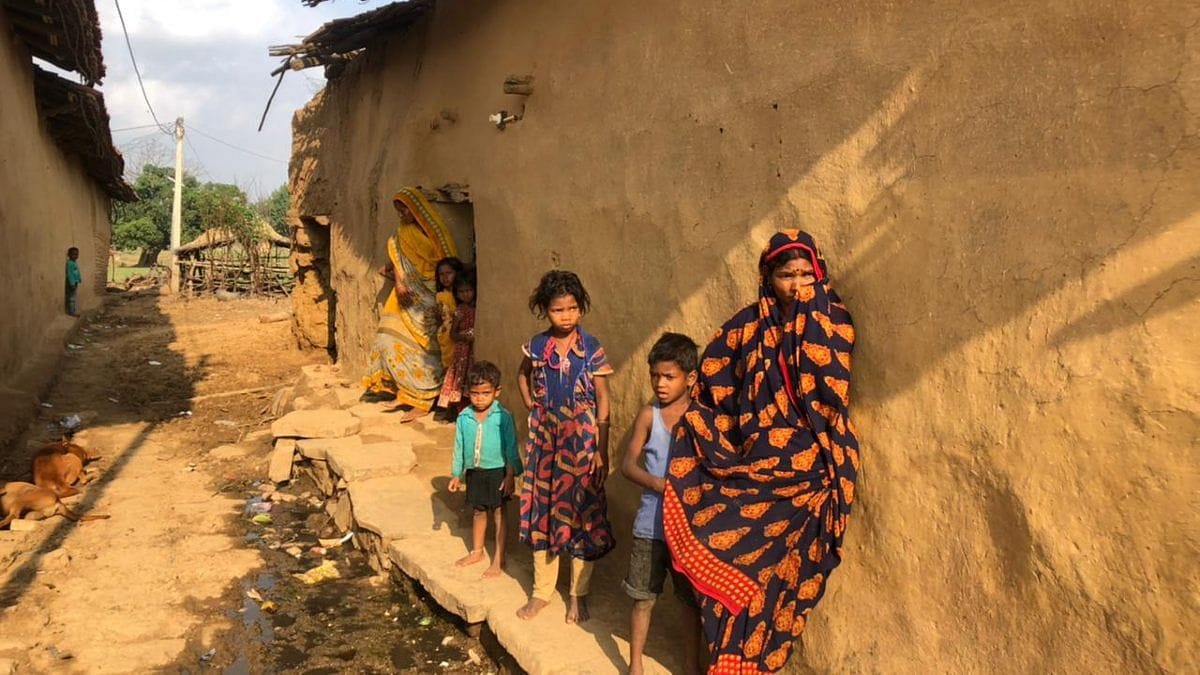Twenty years after education became a fundamental right in India and over a decade after the Right to Education Act came into being, a recent survey has found that all this has guaranteed Dalit and Adivasi primary and upper-primary schoolchildren of Jharkhand is a ramshackle school building and one para-teacher for the entire school. This survey was conducted by the Gyan Vigyan Samiti Jharkhand (GVSJ) in 138 primary and upper-primary schools across 16 districts of the state over September-October 2022. Each of these schools had at least 50 per cent of the children from Scheduled Castes (SC) or Scheduled Tribes (ST). The numbers brought forth by the survey raise serious concern about the future of these historically marginalised children. The report of the survey titled ‘Gloom in the Classroom’, released on 19 December 2022, was authored by Paran Amitava and Jean Dreze on behalf of GVSJ. This is a follow-up to a report titled ‘Locked Out’, based on a survey of underprivileged children across 15 states and union territories, including Jharkhand, carried out in August 2021 that found only 8 per cent of the children regularly studying online while the schools remained closed during the Covid-19 pandemic.
The most alarming among the findings of the recent survey pertain to understaffing. Of the 138 government schools sampled, 20 per cent are run by a single teacher, doing both teaching and paperwork. In a majority of these schools, the teacher is not even a permanent teacher but a para-teacher (with lower qualifications and less training than regular teachers). Almost 90 per cent of pupils in these single-teacher schools are Dalit and Adivasi children.

The para-teachers form 55 per cent of primary-school teachers and 37 per cent of upper-primary-school teachers. The survey found that 40 per cent of the schools are run entirely by para-teachers. Owing to this gross understaffing, the pupil-teacher ratio in most of these schools violates the ceiling of 30:1 prescribed by Right to Education Act 2009. Merely 53 per cent primary and 19 per cent upper-primary schools managed to meet this 30:1 ratio. In some schools, one teacher was found teaching 50 students, while in some others, a single teacher was found shuttling between two classes. No effective learning can be expected in such environments. This finding is also consistent with a 2021 research, suggesting that Jharkhand has the worst teacher shortage among all major Indian states.
The sampled government schools of Jharkhand were found severely lacking in material infrastructure, too. Functional toilets, electricity supply and running water are basic requirements of educational institutions. Not a single school from the sample provides all three; 66 per cent of the sampled primary schools do not even have a boundary wall; 64 per cent lack a playground, 37 per cent have no library books. Two thirds of the teachers interviewed during the survey admitted that their schools lacked even adequate funds for mid-day meals.
Most teachers also admitted that since schools were closed during the pandemic, most children had forgotten to read and write by the time schools reopened in February 2022. Instead of implementing programmes that would enable students to catch up on the two lost years, students have simply been moved up two grades.
There were some bright spots, one of them being that the marginalized communities find significant representation among the teaching staff, whether as permanent or para-teachers. The social composition of the teaching staff seems to mirror the demographic composition of the state. However, since most students in these schools come from disadvantaged communities, an even better representation can and should be argued for. In Adivasi areas, for instance, there is a case for most teachers being local Adivasis, conversant with the local language and culture.
However, the percentage of women teachers in the sample group was dismal. Barely one fifth of primary and one third of upper-primary teachers were women.
Forward Press also publishes books on Bahujan issues. Forward Press Books sheds light on the widespread problems as well as the finer aspects of Bahujan (Dalit, OBC, Adivasi, Nomadic, Pasmanda) society, culture, literature and politics. Contact us for a list of FP Books’ titles and to order. Mobile: +917827427311, Email: info@forwardmagazine.in)





